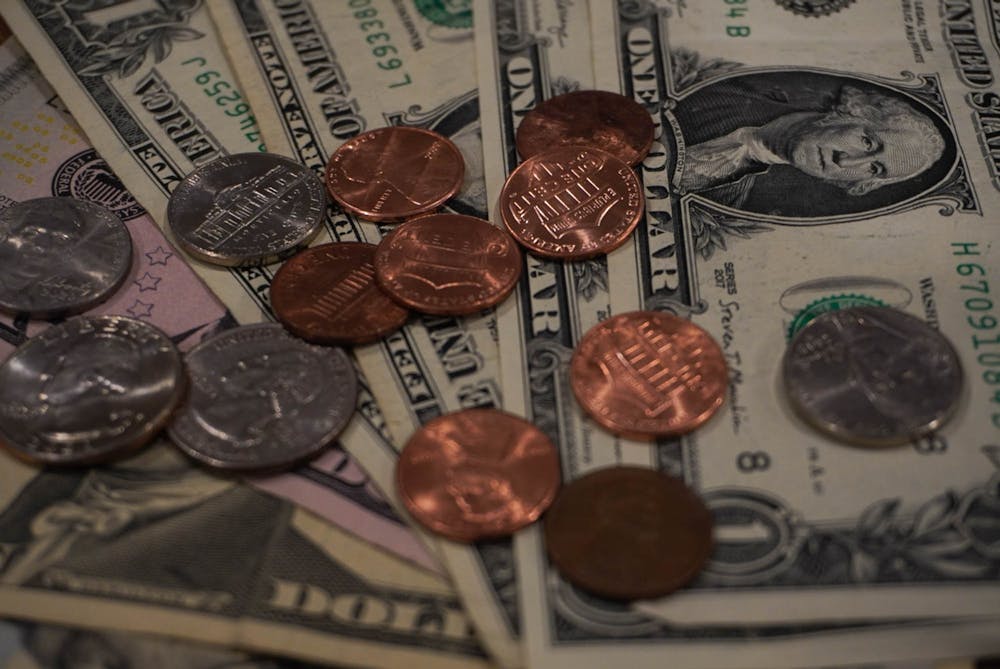Inflation – it’s why your blue cups at He's Not are more expensive.
Your dollar is worth less, and Jerome Powell, Chair of the Federal Reserve, is tightening the market with hopes to strengthen the American dollar. I’m going to tell you what’s happening with runaway inflation, what the federal funds rate has to do with it and how to capitalize off of contractionary policy.
As of August, the United States is surviving off an insane inflation rate of 8.3 percent (comparative to the target rate of 2 percent). Most economists pin rising prices to increased demand, supply chain straits, the war in Ukraine and dislocations in the labor market.
“The Fed’s job is to make the crisis better and clean up afterward. We saved the economy and now we are going to have to clean it up,” Dan Barkin, business journalist and adjunct professor at UNC, said.
That’s where the federal funds rate comes in. Federal funds huh? Federal funds who? Here’s an example:
Let’s say an athlete wanted a scooter, obviously. They’d go to the Bank of Noelle for a loan and said athlete would invest in a scooter, consequently increasing productivity in the “market”. But the Bank of Noelle doesn’t have cash on hand, so she calls the Bank of Guskiewicz to borrow some cash (or bonds, or reserves, in general).
Note that banks regularly borrow from each other, especially when the federal funds rate is low. But, wait! Jerome Powell increased the federal funds rate for the fifth consecutive quarter! It’s now going to cost way more to give out that loan. Looks like that athlete is going to have to walk, thus, literally slowing down the market.
This is called monetary policy. It’s important to note that the Fed isn’t red or blue, but instead its own entity. Powell doesn’t get political.
Though the federal funds rate doesn’t impact people directly, it cascades into every aspect of the economy.



